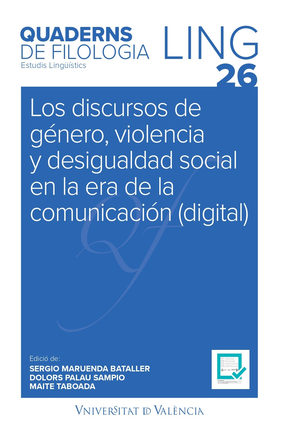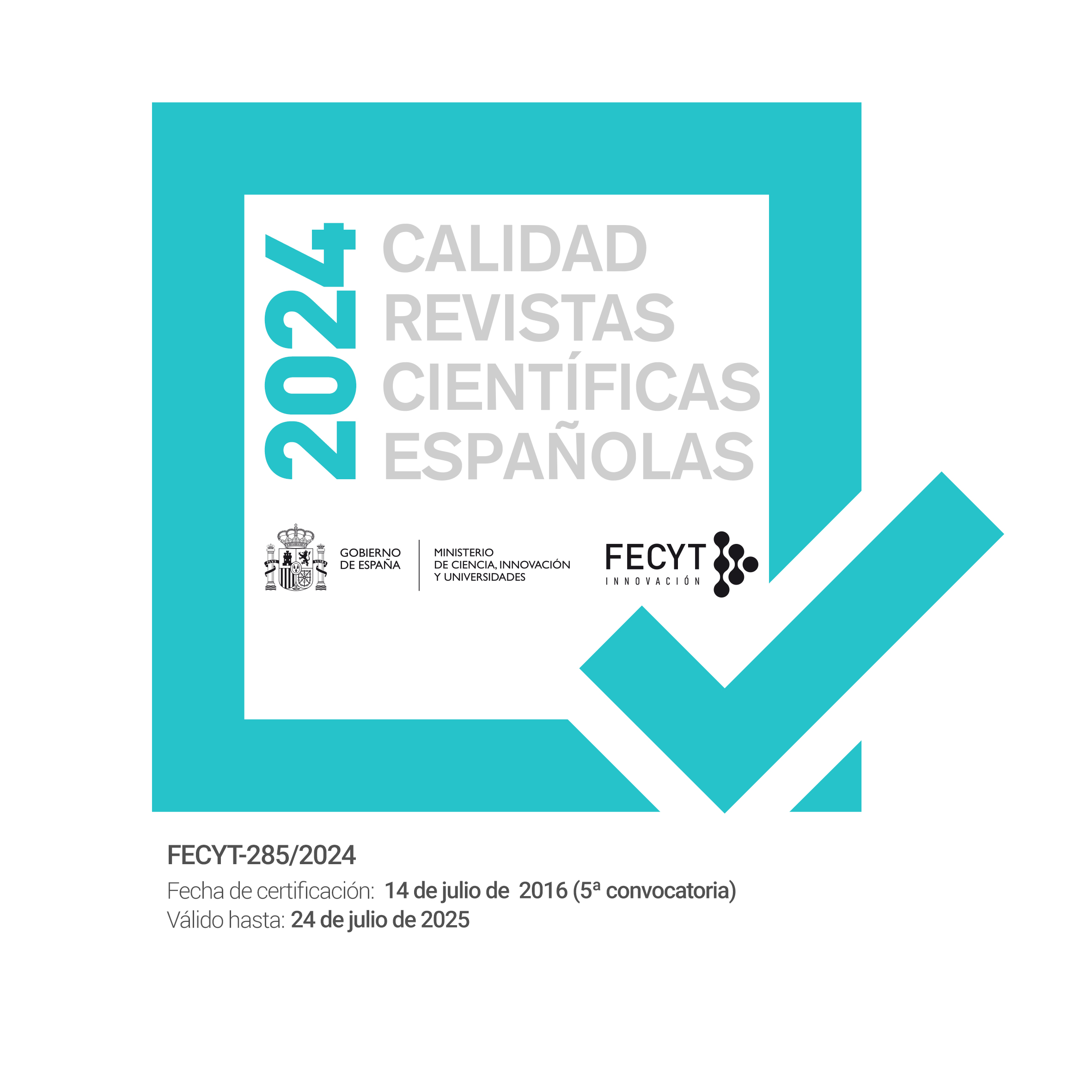Els discursos de gènere, violència i desigualtat social en l'era de la comunicació (digital)
DOI:
https://doi.org/10.7203/qf.0.22047Paraules clau:
gènere, violència, desigualtat social, comunicació digital Resum
Resum
Aquest volum té com a objectiu estudiar i analitzar els discursos públics entorn del gènere, la violència i la desigualtat social en els anomenats mitjans digitals (Couldry 2012) i, més concretament, la seua evolució i impacte polític,
cultural, social i ideològic en l'era digital i les ‘noves’ formes de comunicació social, institucional i política (Fuchs 2007; Bennet & Segerberg 2013; Winseck 2017). L'edició pretén aprofundir en els discursos generats i canalitzats a través de l'anomenada societat en xarxa (Castells 2011), quan se celebra el primer quart de segle de vida d'internet.
 Descàrregues
Descàrregues
Descàrregues
Publicades
Com citar
-
Resum1674
-
PDF (Español)1067
Número
Secció
Llicència
 Este obra está bajo una licencia de Creative Commons Reconocimiento-NoComercial-SinObraDerivada 4.0 Internacional.
Este obra está bajo una licencia de Creative Commons Reconocimiento-NoComercial-SinObraDerivada 4.0 Internacional.
Tots els documents inclosos a OJS són d'accés lliure i propietat dels seus autors i/o institucions editores, i per tant, qualsevol acte de reproducció, comercialització, comunicació pública o transformació total o parcial necessita el consentiment exprés i escrit d'aquests.
Authors who publish with this journal agree to the following terms:
- Authors retain copyright and grant the journal right of first publication with the work simultaneously licensed under a Creative Commons Attribution License that allows others to share the work with an acknowledgement of the work's authorship and initial publication in this journal.
- Authors are able to enter into separate, additional contractual arrangements for the non-exclusive distribution of the journal's published version of the work (e.g., post it to an institutional repository or publish it in a book), with an acknowledgement of its initial publication in this journal.
- Authors are permitted and encouraged to post their work online (e.g., in institutional repositories or on their website) prior to and during the submission process, as it can lead to productive exchanges, as well as earlier and greater citation of published work (See The Effect of Open Access).




